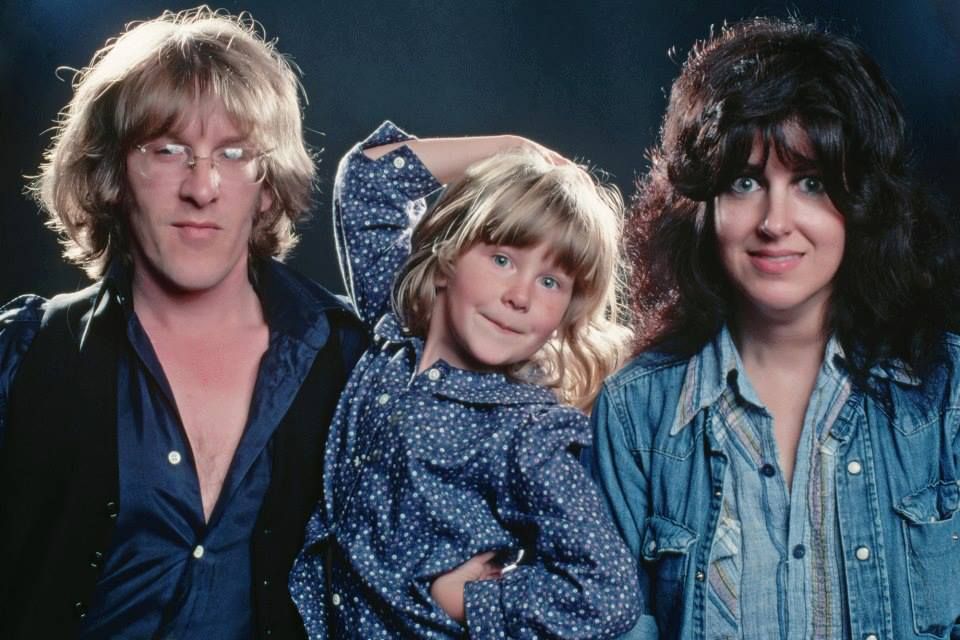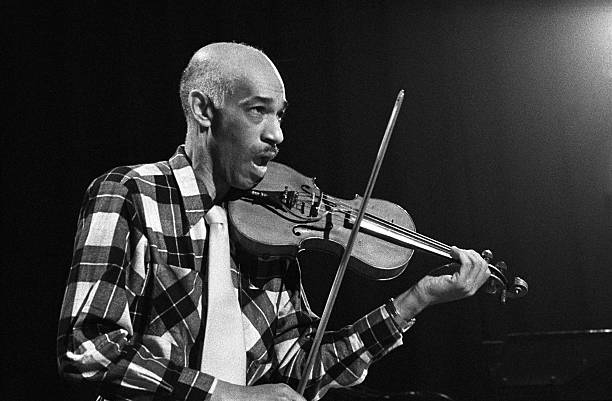The Jefferson Airplane Was a San Francisco Treat

The flight of the Jefferson Starship Enterprise was not a charted course.
Did the Jefferson Airplane betray its “Haight-Ashbury” roots when it metamorphosed from a group of hippie revolutionaries to a conventional band playing MOR (radio-speak for “middle of the road”) popular songs?
Or was its make-over an unintended sequence of changing band personnel and changing musical influences reflecting the times?
And who the hell cares about Haight-Ashbury anyway?
You can make a case that, of all the San Francisco-based rock bands plying the psychedelic trade in the late sixties, the Airplane came closest to the hippie ideal by its attitude and lyrical content.

White Rabbit
Jefferson Airplane’s musical prominence in the psychedelic sixties was perhaps best epitomized by the song “White Rabbit,” off their 1967 break-out album Surrealistic Pillow.
The album was the Airplane’s ticket to join the Grateful Dead and Janis Joplin’s Big Brother & the Holding Company in establishing a new and exciting “San Francisco sound.”
The Airplane’s founders, Marty Balin and Paul Kantner, had just hired a new lead singer to replace Signe Anderson, who departed to have a baby. Grace Slick’s voice was rich, powerful, elastic and expressive. Her stunning beauty certainly didn’t hurt.
Feed Your Head!
Slick told an interviewer that “White Rabbit” was inspired by both the Alice in Wonderland tale and by listening to Mile Davis’s Sketches of Spain while high on LSD.
Grace also alluded to Ravel’s “Bolero,” with its insistent, almost militaristic rhythm as the song reaches its thundering peak, with Slick imploring, “Remember what the doormouse said, Feed your head, feed your head!”
Here is a “White Rabbit” performed at Woodstock, under three minutes long, published LPRoad2revolution by via YouTube:
Up Against the Wall
For two glorious years between 1967 and 1969, the Jefferson Airplane released a triad of albums that propelled them to the top of the rock world: the aforementioned Pillow, Crown of Creation (listen to Slick’s artful rendering of “Greasy Heart”) and Volunteers, in which the song “We Can Be Together” let loose the lyric, “Up against the wall, motherfucker,” thereby confirming the Airplane’s hard-fought bona fides and artistic freedom.
And then it unraveled.
Schism in the Ranks
A fault line developed in the band: in one corner, Kantner and Slick, Slick pregnant with child that she and Kantner would name China. Concurrently, lead guitarist Jorma Kaukonen and bassist Jack Casady formed Hot Tuna (the record company wouldn’t clear the original name, Hot Shit) which became a viable enterprise.

Enter Starship
In February 1974, Kantner and Slick formed the Jefferson Starship that featured an Airplane alumnus Papa John Creach on violin. Marty Balin joined his Airplane comrades the next year. Jefferson Starship soon released the album Red Octopus that featured a Balin ballad, “Miracles,” that actually went to #3 on the Billboard Charts.
The Airplane could never even sniff that kind of commercial success.

It was Kantner who started to publicly question the band’s “singles-driven” focus. Kantner told a rock biographer: “I think we should all be terrible failures by trying to write pop songs all the time…the band became more mundane…and not quite as much of a thing to be proud of.”
Paul Kantner put his money where his mouth was. Before he quit, he reached an out-of-court settlement with other band members to take the ‘Jefferson’ out of the name. The band was to be called Starship.
“We Built This City”
In 1985, Starship, the successor to the psychedelic rock band Jefferson Airplane, released a song titled “We Built this City” (…on rock ‘n’ roll). With a still spry Grace Slick fronting the band and the great Bernie Taupin of Elton John fame co-writing the lyrics, MTV assumed the song was destined for success and put it on heavy rotation.
Somehow, the song gained a hideous reputation. The magazine Blender and then Rolling Stone named “We Built This City” the worst song of the eighties. Significantly, Rolling Stone reported that the song’s “winning” margin was so high that it “could be the biggest blow-out victory in the history of Rolling Stone readers polls.”
Grace Slick (in 2002): “The Starship, I hated. Our big hit single, “We Built This City,” was awful…I thought I’d throw up on the front row, but I smiled and did it anyway.
“The show must go on.”
Paul Kantner died on January 28, 2016.















































































































